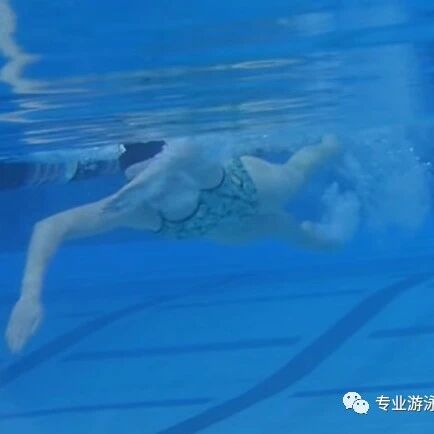You don’t need to struggle with chest presses or leg kicks—everyone can learn butterfly!
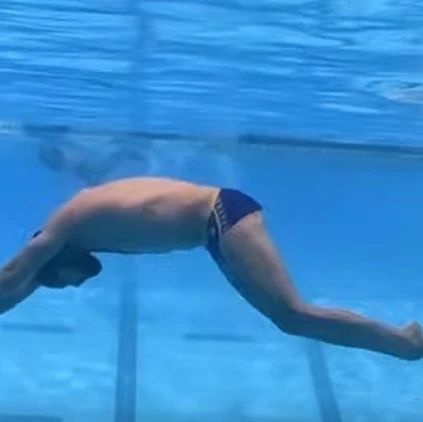
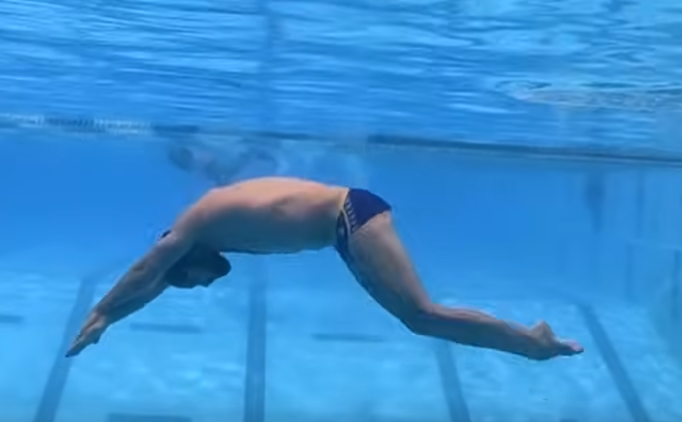
No need to strain yourself by pressing your chest and kicking.
Anyone can learn butterfly swimming.
The Origin of Butterfly Stroke
Butterfly stroke evolved from the development of breaststroke and is the most recently established of the four standard competitive swimming styles. In the 1930s, some swimmers competing in breaststroke races began modifying their traditional arm movements—originally involving simultaneous, symmetrical strokes—to a new technique: simultaneously extending both arms forward out of the water while performing the recovery phase. This innovation significantly reduced drag and boosted speed.
Although this improved stroke resembles today's butterfly in its arm movements, it still uses the frog kick for the legs, earning it the name "Butterfly-Breaststroke." This "variant of breaststroke" quickly gained a clear competitive advantage, leading to its widespread adoption in competitions.
By around 1935, American coach Jack Sieg made the pioneering attempt to replace the traditional breaststroke kick with a new technique—simultaneously moving both legs together in a dolphin-like up-and-down motion. This innovative leg movement significantly boosted speed, laying the foundation for what would eventually become the modern butterfly stroke: symmetrical arm strokes combined with synchronized up-and-down leg movements.
In 1952, FINA officially separated butterfly swimming from breaststroke, recognizing it as a distinct swimming style. Since then, butterfly has become the fourth officially recognized swimming stroke in international competitions (the first three being breaststroke, backstroke, and freestyle). The butterfly event made its debut at the 1956 Melbourne Olympics, where it was introduced as a full-fledged competitive event.
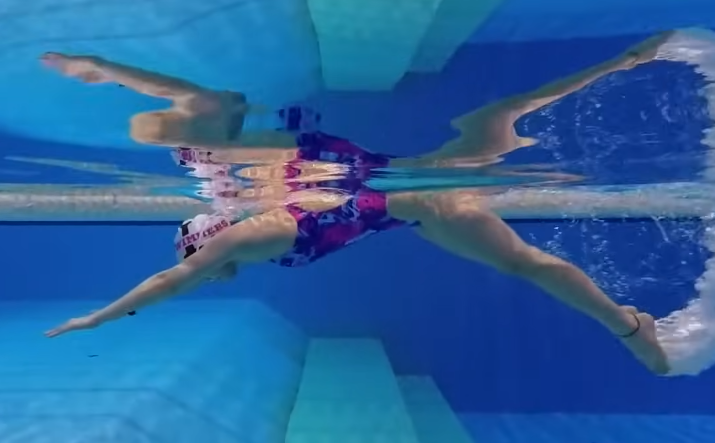
The rhythmic feel of the movement
Understanding the evolution of butterfly swimming is incredibly helpful for beginners—at the very least, it prevents them from taking unnecessary detours. Like breaststroke, butterfly is a short-axis stroke. The key to mastering breaststroke lies in the seamless coordination of your arms and legs, and the same principle applies to butterfly. In fact, the fundamental principles of stroke coordination used in breaststroke are fully compatible with butterfly.
Principles for coordinating breaststroke: Keep your arms still while your legs move, and your legs still while your arms perform the recovery. After kicking and pulling, briefly glide with the body in a streamlined position. The same principle applies to butterfly—butterfly leg movements must align with the arm actions, adhering to the rule of keeping the arms still during the leg cycle. When executing a short, explosive burst in butterfly, focus on generating maximum propulsion by delivering powerful, forceful kicks immediately after completing the full butterfly leg cycle, followed by a strong arm push through the water. In contrast, during longer, more relaxed butterfly strokes, aim for a smooth, wave-like motion by emphasizing a lighter kick after each full leg cycle, allowing the arms to extend forward naturally without additional effort. It’s crucial to clearly distinguish between these two styles. Pay close attention to when to execute light versus heavy kicks, and always keep in mind whether the leg movements are designed to support the arm’s powerful pull or simply help guide the arms into their next forward extension.
If freestyle swimming forward feels like briefly gliding after the frog kick and leg drive, then butterfly swimming forward is more like being carried forward by the powerful surge created by the wave generated by your butterfly strokes. To help visualize this, grab a pen and draw a wavy line on paper: in long-distance butterfly, the waves have widely spaced peaks; whereas in short, explosive bursts of butterfly, the peaks are much closer together—but still maintain more peaks within the same distance.
This represents different rhythms in the butterfly stroke—understanding this is crucial. When practicing butterfly, start by mastering just one of these rhythms to avoid mixing up the two styles. Otherwise, it’ll be difficult to fully grasp the wave-like motion that defines the butterfly technique.
Beginner Practice Techniques
The starting point of the power stroke is a downward press with the chest, which then sequentially transfers energy through the waist, hips, and legs. Keep your head up by using the momentum from your arm push and body undulation—avoid forcefully tilting your head backward.
The butterfly kick, also known as the dolphin kick, involves one butterfly arm pull combined with two dolphin kicks during the stroke. Many online tutorials emphasize that the second kick is actually more critical—but in reality, this depends on whether you're performing a short-distance or long-distance butterfly swim. For adults learning butterfly, or if your goal is simply fitness-oriented training, the "Shawn Butterfly"—a style focused on longer, endurance-based swimming—is likely the better choice.
It's important to note that in butterfly, the leg kick—known as the dolphin kick—is driven by the core and lower body, making butterfly the most effective swimming stroke for toning the abdominal area.
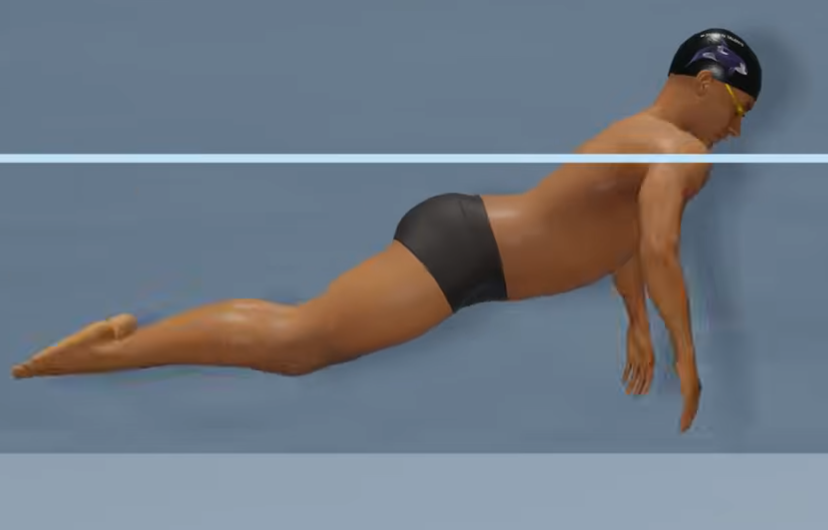
When starting out with butterfly swimming practice, just remember to move your head up and down. Imagine there’s a rope floating on the water’s surface— as you glide forward, suddenly "spot" this invisible rope. Immediately drop your head underwater, then lift it back up once it passes the "rope." Don’t worry about the butterfly kick for now; focus first on repeatedly feeling your body smoothly rise and sink through the water during these head movements.
Next, forget about your legs—focus on adding the butterfly arm movement. As you lower your head, extend your arms forward and glide smoothly through the water while simultaneously scooping the water. When you lift your head, drive the water powerfully with both arms, keeping your elbows high and positioned at your sides—not tucked under your belly. Keep working to rediscover that effortless, fluid sensation of your body gliding effortlessly up and down through the water.
Repeat multiple times until you feel the rhythmic coordination between the butterfly kick and the forward glide—especially noticing how this differs from the simple speed of moving through the water by just lowering or lifting your head.
Finally, add the butterfly kick—don’t worry about perfection during your first few practices. Just remember to keep your shins parallel and brush the water gently with the tops of your feet.
Advanced practice directions
Since I’ve been promoting the full-immersion swimming technique, I’ll use the example of the long-distance butterfly stroke here to explain the key practice points.
For the first kick in butterfly, execute a powerful downward kick, synchronized with the initial arm stroke before entering the water. This movement mirrors the frog kick—after the dolphin kick and press—where both arms extend forward for streamlined gliding. The only difference is that after the butterfly kick, you tuck your head and dive downward while keeping your arms extended ahead for smooth, gliding motion.
The butterfly kick, a natural instinctive response, delivers a light yet precise kick, while the butterfly arms take full charge of pushing the water—working in perfect harmony as the body lifts, surfaces, and surges forward.
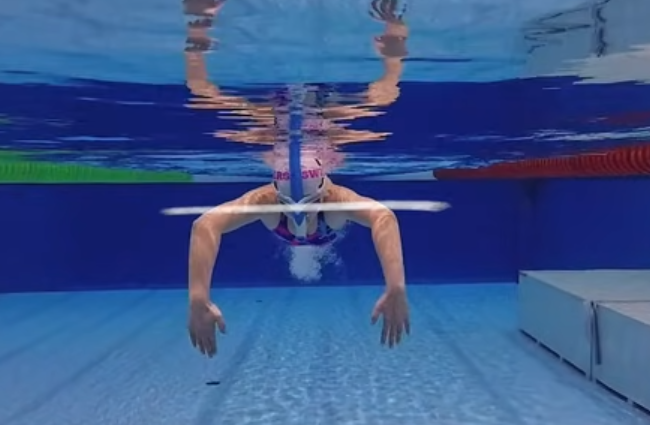
Don’t doubt this—many butterfly stroke tutorials suggest that the second kick of the dolphin kick should be synchronized with the arm pull, helping the body rise more easily out of the water. That’s precisely why most people struggle to master the butterfly stroke in the first place.
Adding a powerful butterfly kick combined with the butterfly arm pull certainly generates more force and makes it easier to break the surface—but for long-distance butterfly swimming, this approach is actually counterproductive. Excessively surfacing not only leads to deeper descents underwater but also disrupts your ability to maintain the optimal wave-creating rhythm during dives.
When you find the smooth coordination between the butterfly kick and butterfly arm movements, and can effortlessly feel the waves propelling your body forward, then you’ve officially entered the basics.
After mastering the basics, consider practicing short bursts of butterfly—specifically, more frequent head-up and head-down movements. In this phase, forward propulsion comes less from the wave-like motion and more from the powerful combination of deep butterfly kicks and the push generated by your butterfly arms as they sweep through the water.
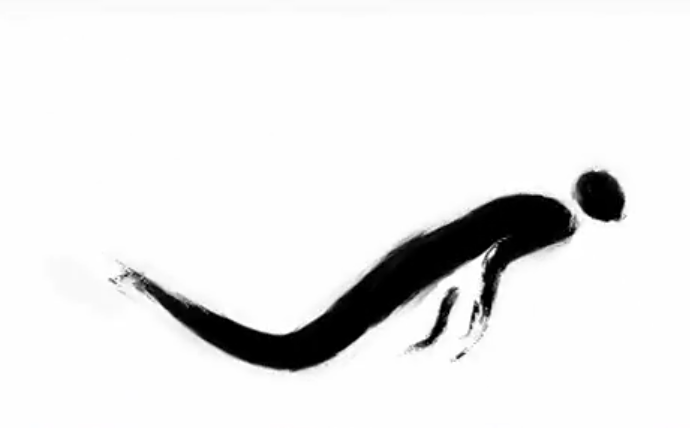
One WeChat official account shares swimming tips, while another focuses on software insights, online resources, and reading experiences.
Thank you for your supportive and encouraging likes—especially appreciated are the comments that spark conversation, as well as more shares to spread the word!
Related Articles
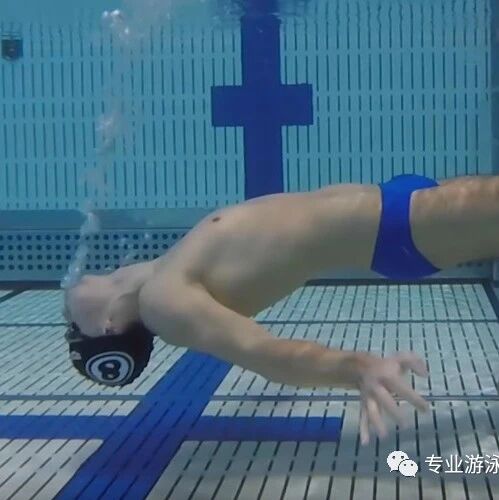
Breathing in swimming is a pseudo-problem—it’s a breathing technique unrelated to your stroke.
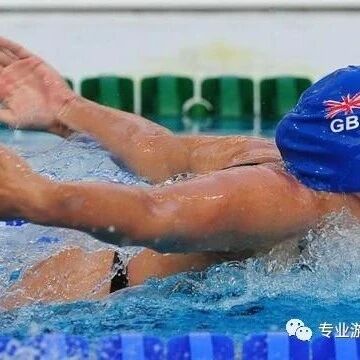
Watch out—don't end up with broad shoulders! Female swimmers, take note.
